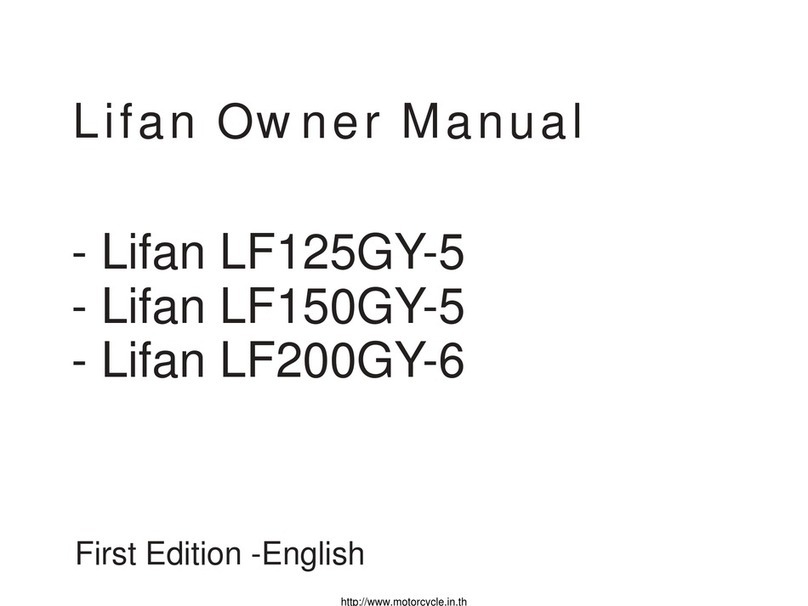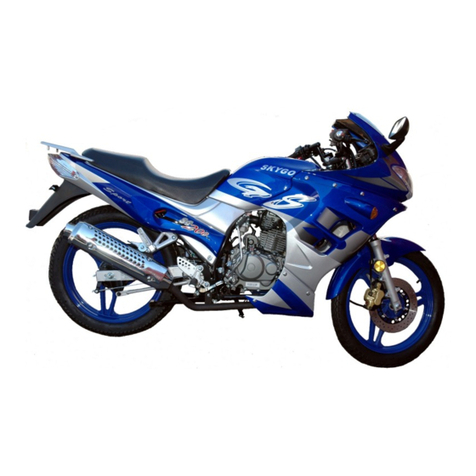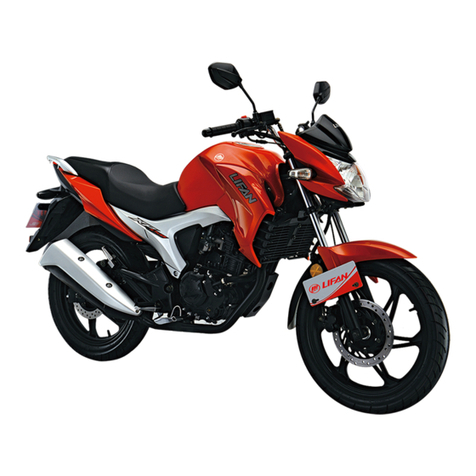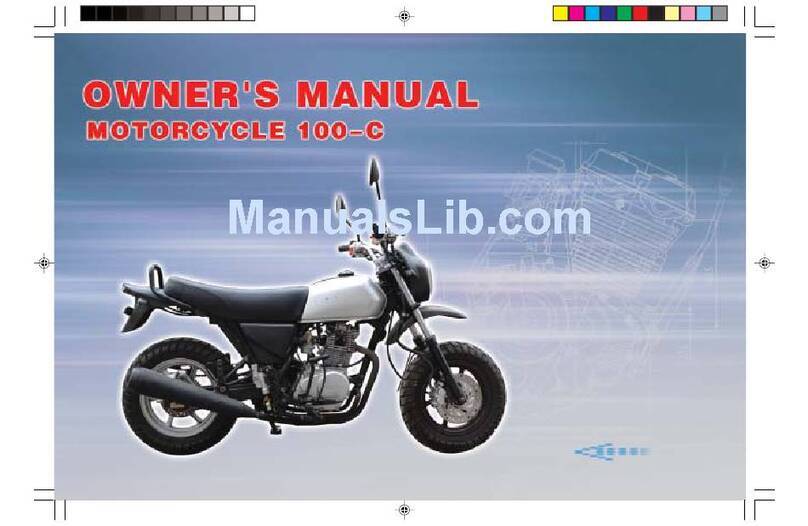
CHAPTER 3 CHASSIS
3.1 FRAME BODY-----------------------------------------------------------------------------------------------------------------------3-1
3.2 SUSPENSION SYSTEM ----------------------------------------------------------------------------------------------------------3-6
3.3 FRONT SUSPENSION ------------------------------------------------------------------------------------------------------------3-9
3.4 REAR SUSPENSION --------------------------------------------------------------------------------------------------------------3-13
3.5 FRONTAND REAR WHEELS --------------------------------------------------------------------------------------------------3-15
3.6 INTAKE SYSTEMAND EXHAUST SYSTEM -------------------------------------------------------------------------------3-21
3.7 COOLING SYSTEM----------------------------------------------------------------------------------------------------------------3-25
CHAPTER 4 ELECTRICALCOMPONENTS AND METER
4.1 CHARGING SYSTEM-------------------------------------------------------------------------------------------------------------4-4
4.2 EFI SYSTEM ------------------------------------------------------------------------------------------------------------------------4-7
4.3 IGNITION SYSTEM ---------------------------------------------------------------------------------------------------------------4-19
4.4 SIGNAL SYSTEM, METER, RADIATOR FAN AND WATER TEMPERATURE INDICATOR----------------------4-22

































